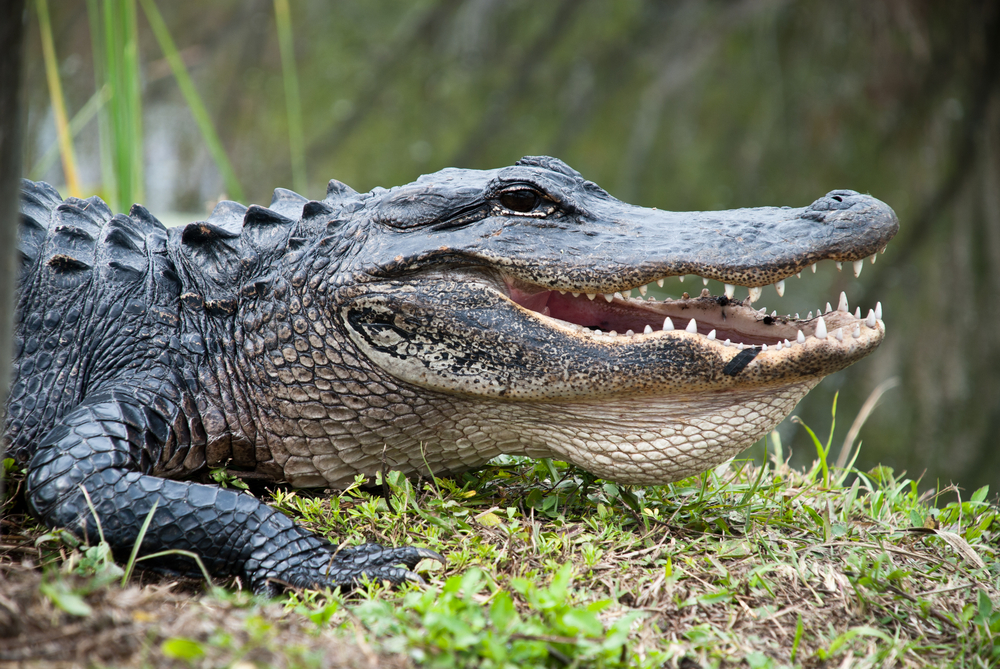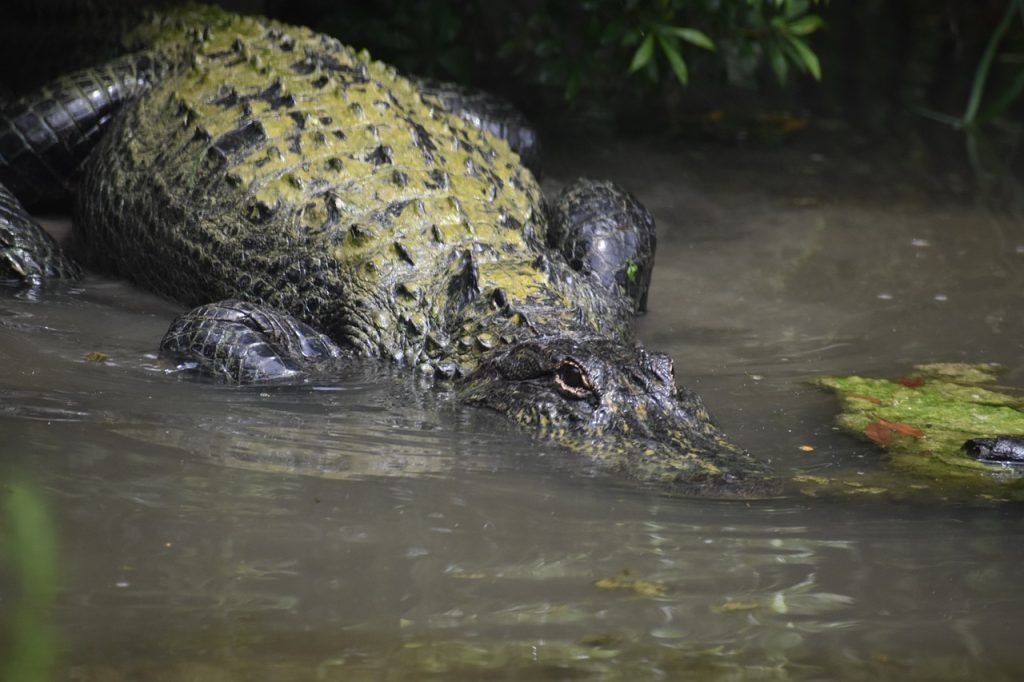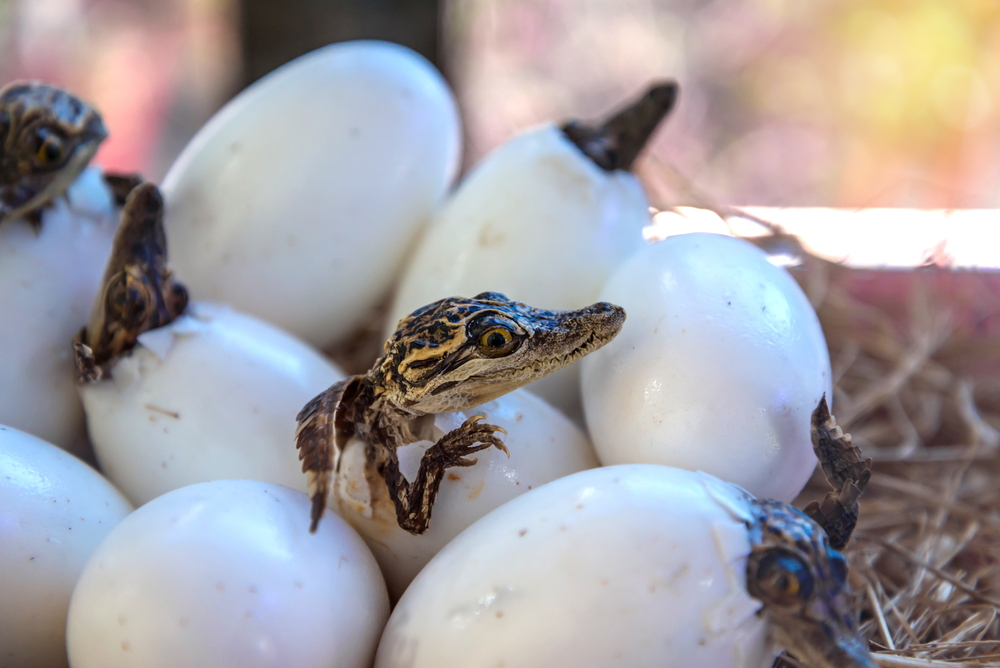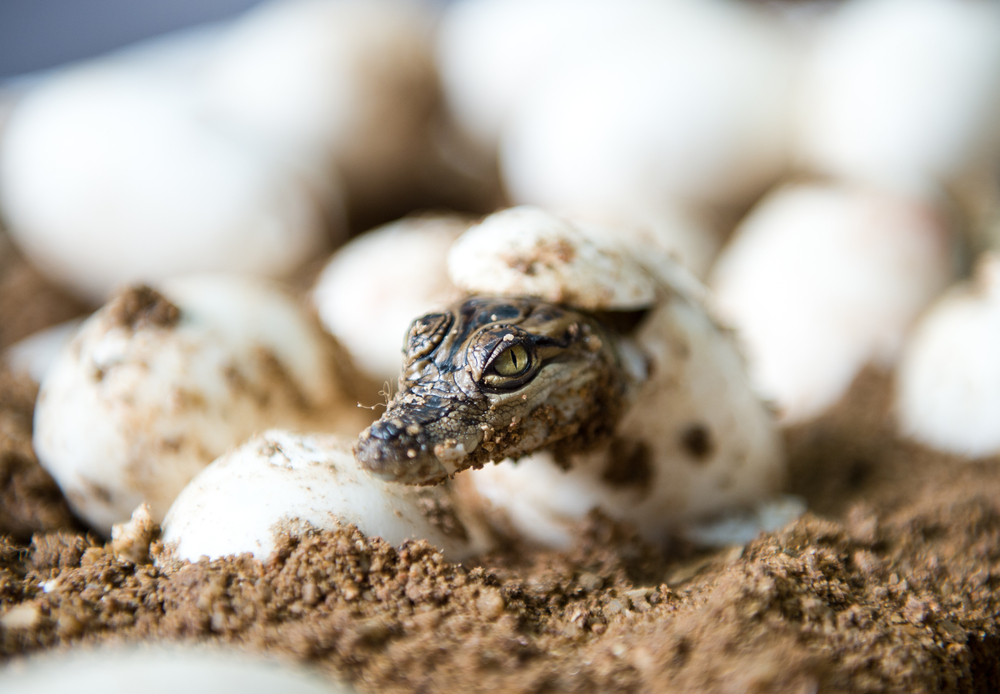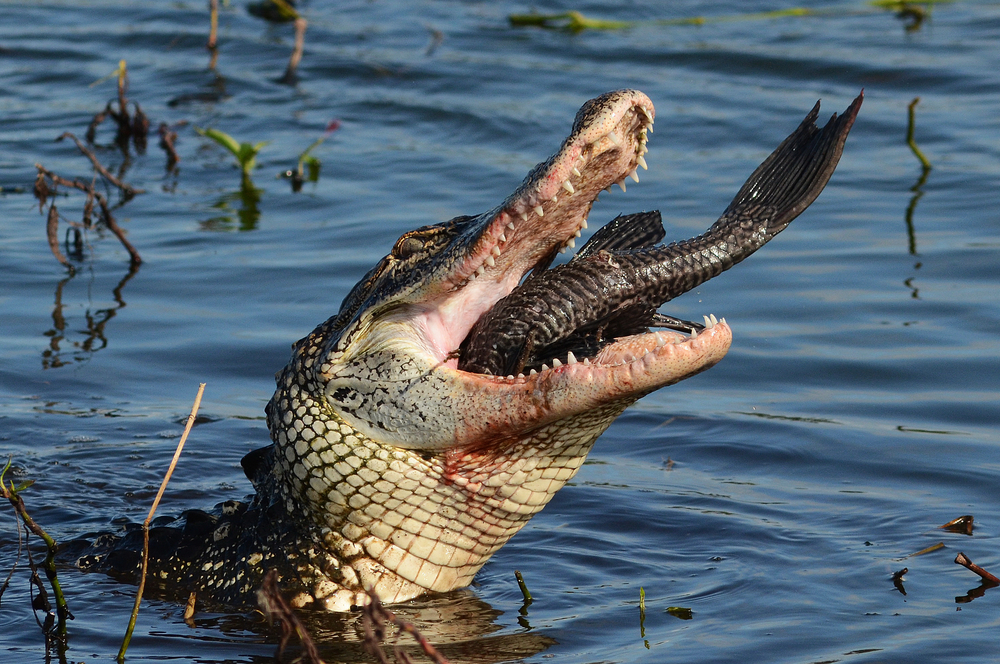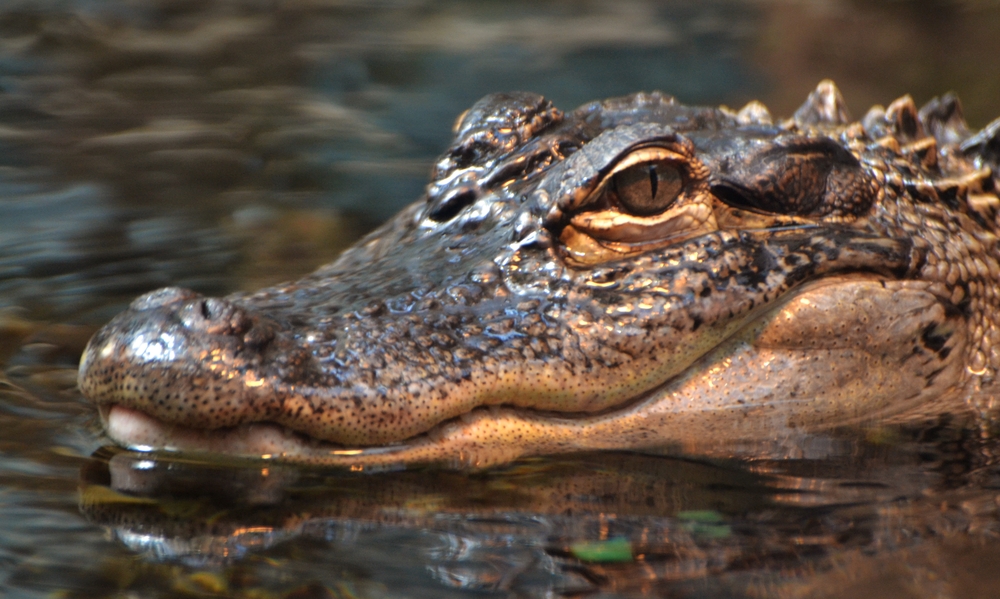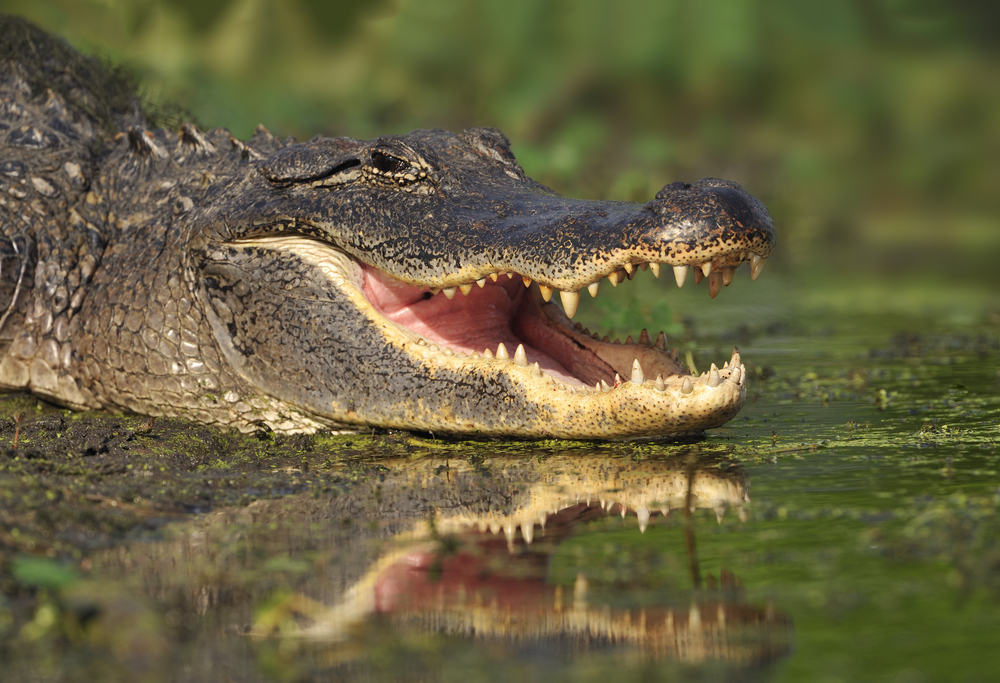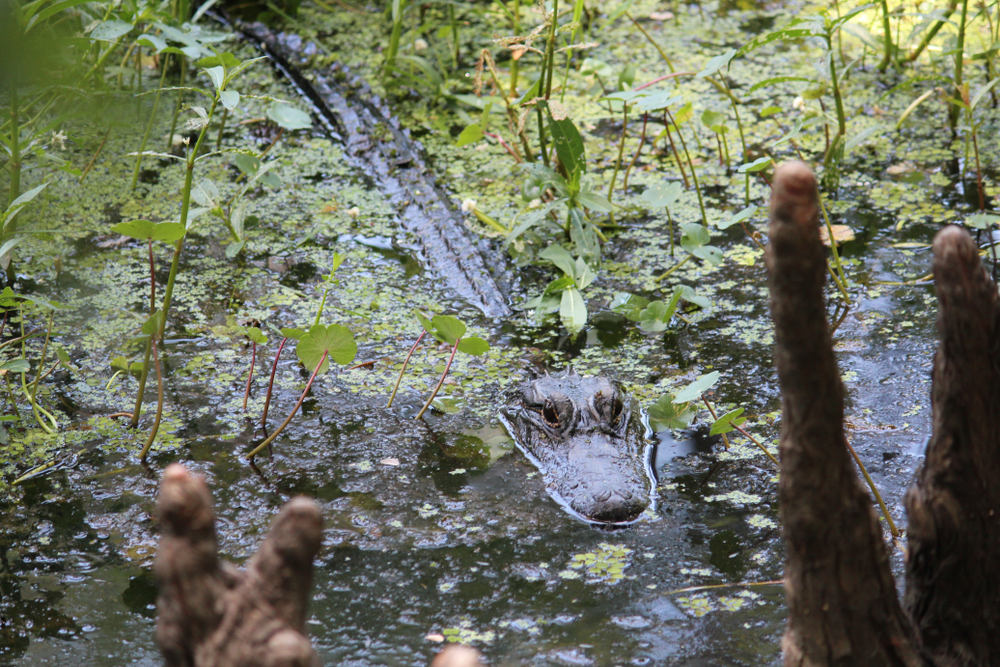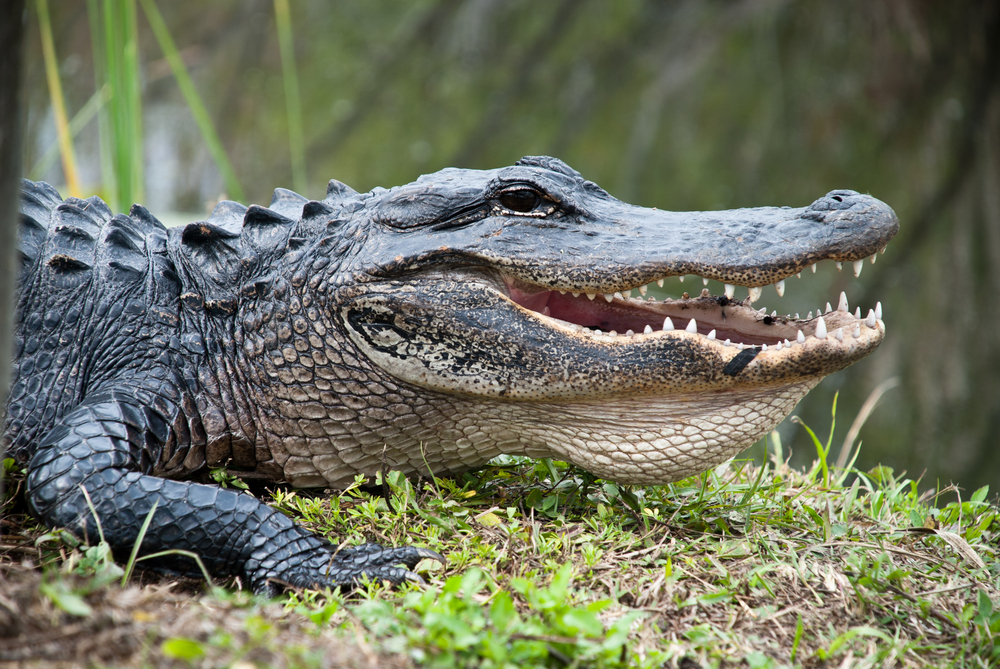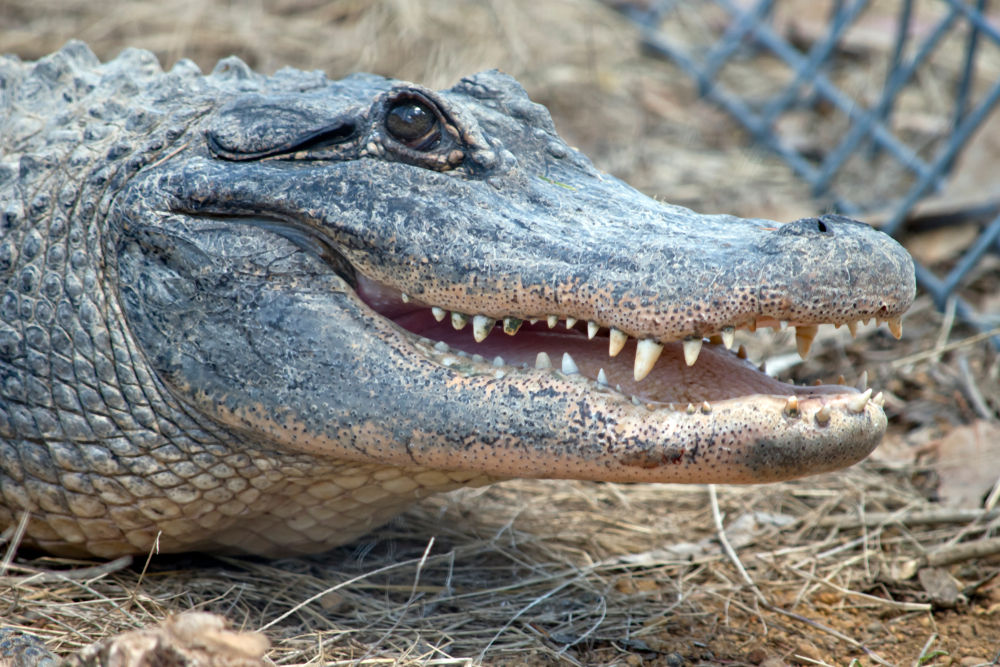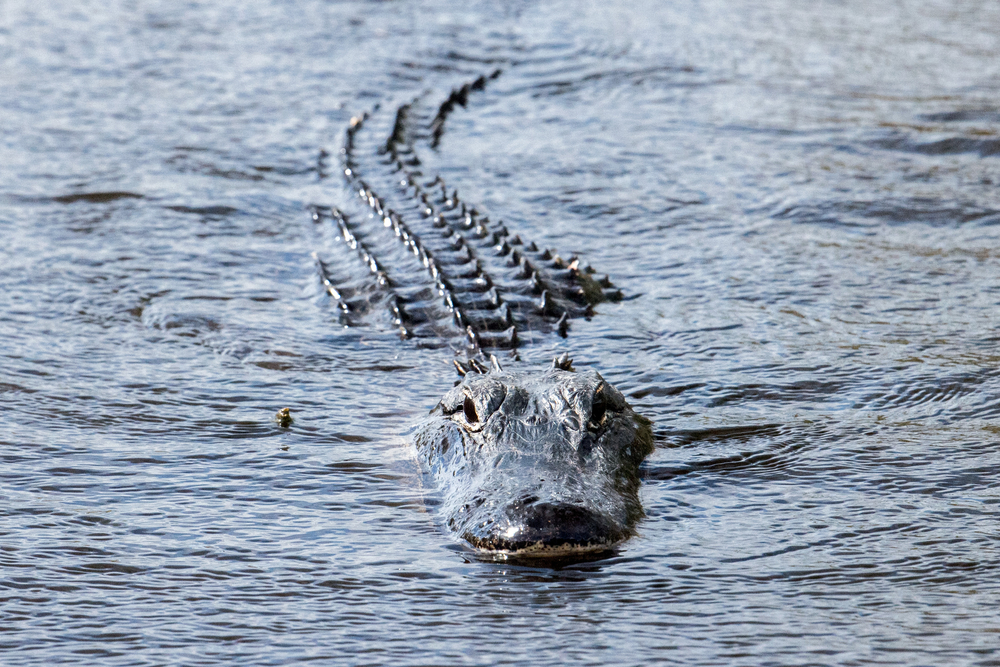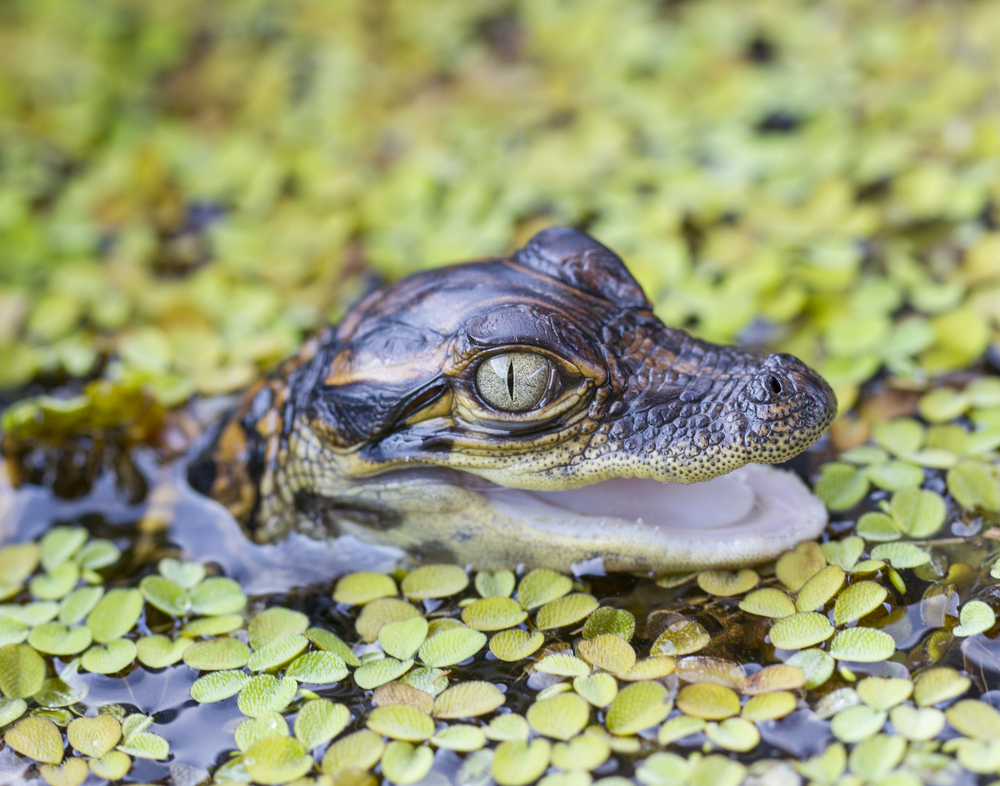Alligators and crocodiles are often confused, but they have several distinct differences:
- Snout Shape: Alligators have a wider, U-shaped snout, while crocodiles typically have a more pointed, V-shaped snout.
- Tooth Visibility: When their mouths are closed, the large fourth tooth in the lower jaw of a crocodile fits into a notch in the upper jaw and is visible. In alligators, this tooth is hidden because the upper jaw is wider.
- Habitat: Alligators prefer freshwater environments like ponds, marshes, and wetlands. Crocodiles are more likely to be found in saltwater or brackish habitats.
- Color: Alligators are usually darker, often nearly black, while crocodiles tend to be more olive or tan in color.
- Geographical Distribution: Alligators are mainly found in the southeastern USA and parts of China (Chinese alligator). Crocodiles are more widespread, found in Africa, Australia, Southeast Asia, and the Americas.
- Behavior: Crocodiles are generally considered more aggressive than alligators.
- Size: Generally, crocodiles can grow larger than alligators. The Saltwater Crocodile, in particular, is the largest reptile in the world.
Despite these differences, both belong to the order Crocodylia and share many similarities in their basic body structure, lifestyle, and diet.






























































